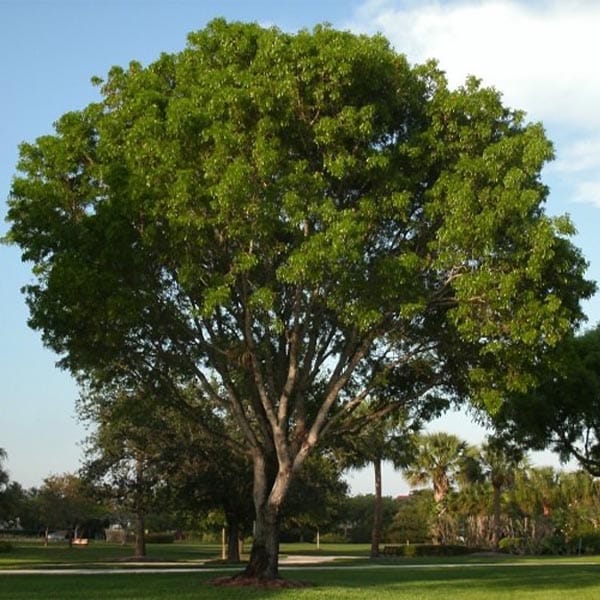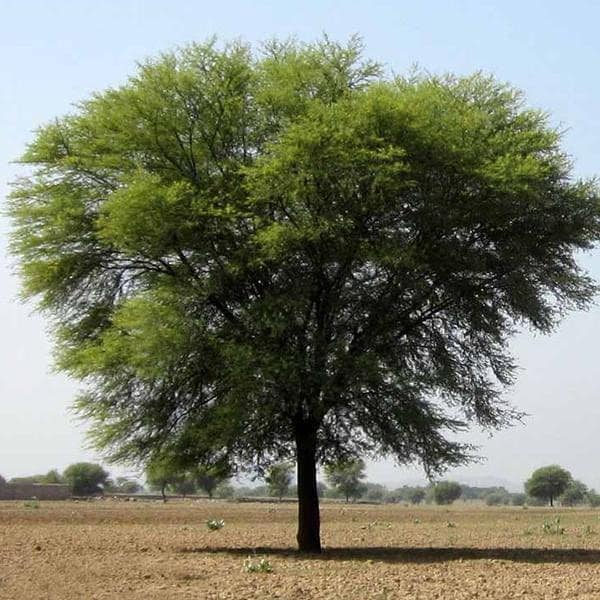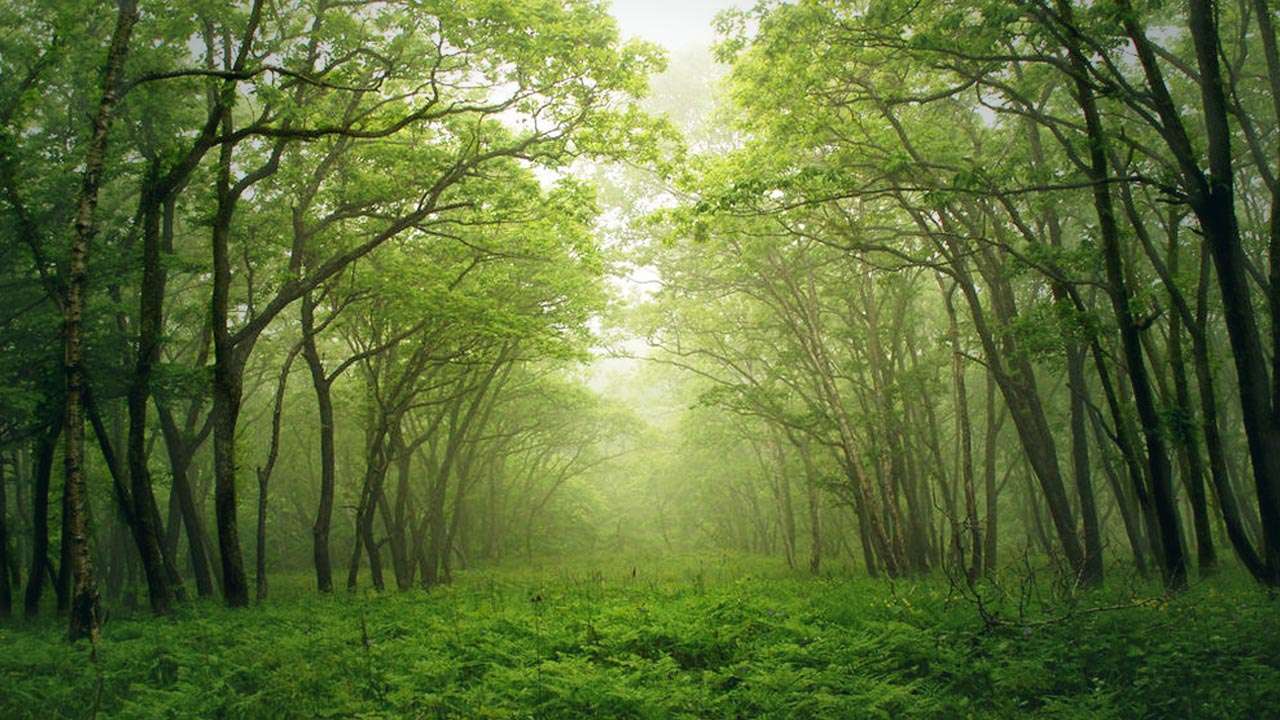Changa Manga is a planted forest that includes a wildlife preserve, in the Kasur and Lahore districts of Punjab, Pakistan. It is located approximately 80 kilometers southwest of Lahore. It was once the largest man-made forest in the world but has undergone illegal deforestation at a massive scale in recent times. Hence reducing the size of the forest approximately by half of what it was in actuality.
Changa Manga is known more widely as “one of the oldest hand-planted forests in the world“, and hosts a wide variety of flora and fauna. The forest is home to 14 species of mammals, 50 species of birds, six species of reptiles, two species of amphibians, and 27 species of insects. Thus, other than producing timber for the local industry, the forest also serves as an important wildlife reserve.
History of Changa Manga Forest
The Forest is named after two brothers Changa and Manga, both were dacoits. Both the brothers terrorized the law-abiding citizens of the district during the 19th century. The brothers lived inside the secret heart of the forest, and eventually plunder any trading crossing the area. However, the brothers were captured by the police later on and the place was named after them. Changa Manga was planted back in 1866 to fulfill the need for timber and fuel resources for the North-Western railway networks.
Location of the Forest
Changa Manga, one of the oldest hand-planted forests in the World, covers an area of 48.6 square kilometers. However, it used to be the largest man-made forest in the World, but the size is massively reduced to half due to deforestation. The forest can be accessed through a road off the N5 Highway near Chunian and Bhai Pheru.

Type of Wood & Plants in the Forest
Changa Manga has common species of flora such as Sheesham (Dalbergia Sissoo) and Kikar (Acacia Nilotica). Both of these species are native to the sub-continent and are members of the Fabaceae. Furthermore, white mulberry (Morus Alba) was also introduced to the plantation along with several other species of Eucalyptus and Populus.

Sheesham Tree

Kikar Tree
Wildlife Conservation at Changa Manga
Changa Manga has been serving as a breeding and conservation center for the Asiatic and White-rumped Vultures (Gyps bengalensis). Both of them species are critically endangered. However, the forest hosts the conservation center in association with the WWF SAVE program. SAVE is the program for Asian vultures, named as Saving Asia’s Vultures from Extinction.
The conservation efforts in the forest are extremely crucial for the vultures, as a decline in the population of both G. bengalensis and G. indicus has been reported. Around 90% decline in the Asiatic vulture species has been observed in Pakistan, thereby making this effort an important one an international scale.
